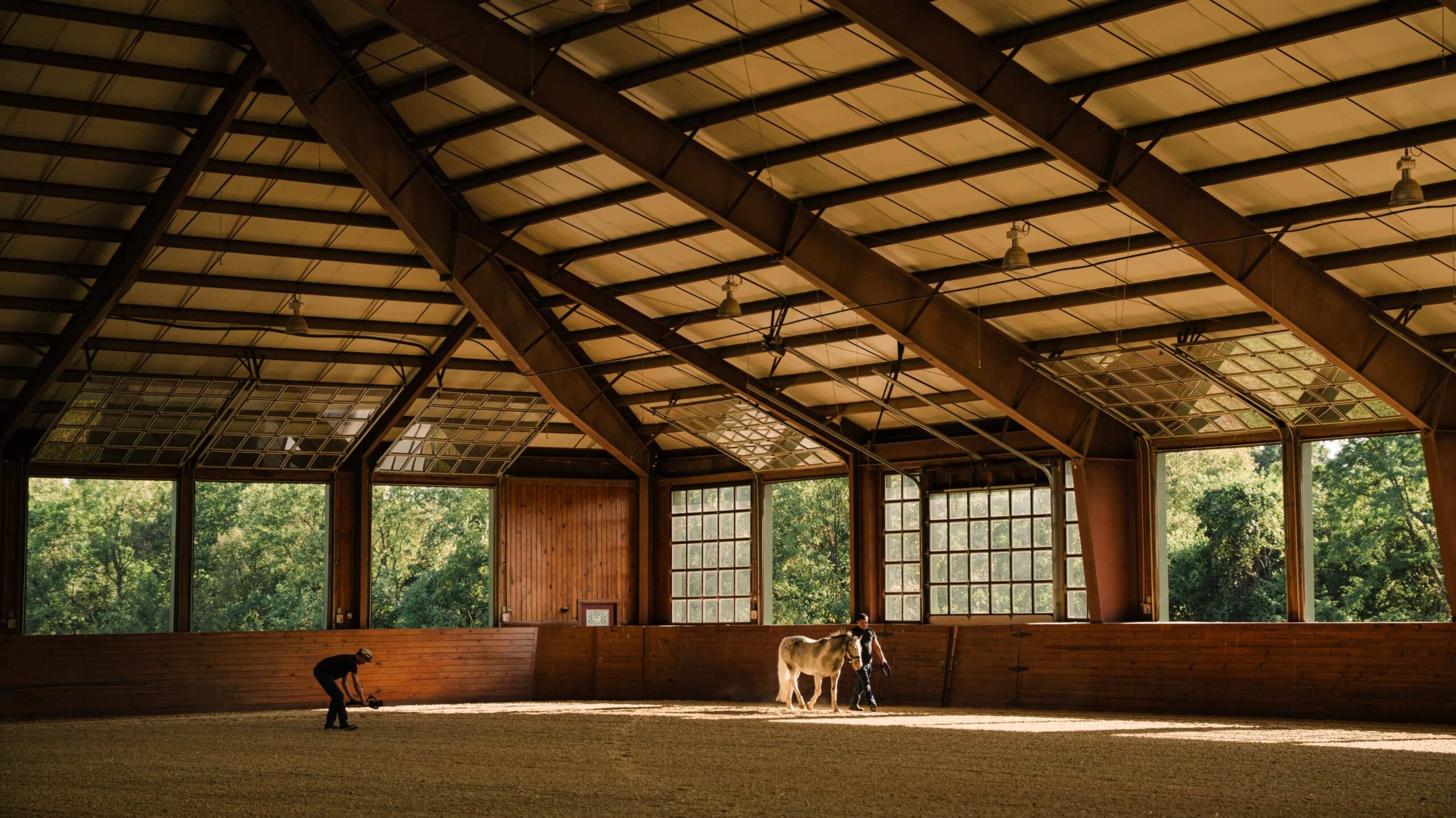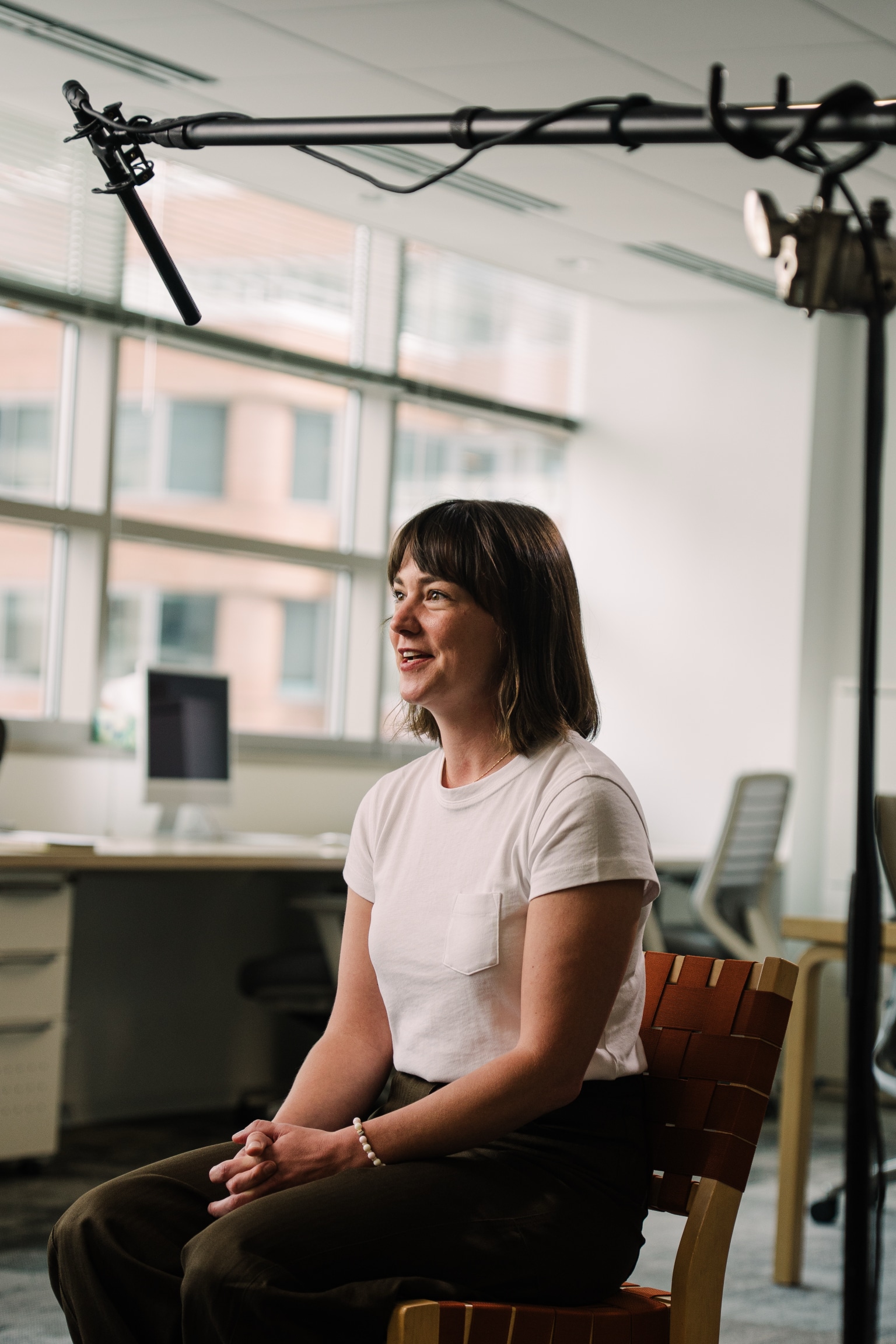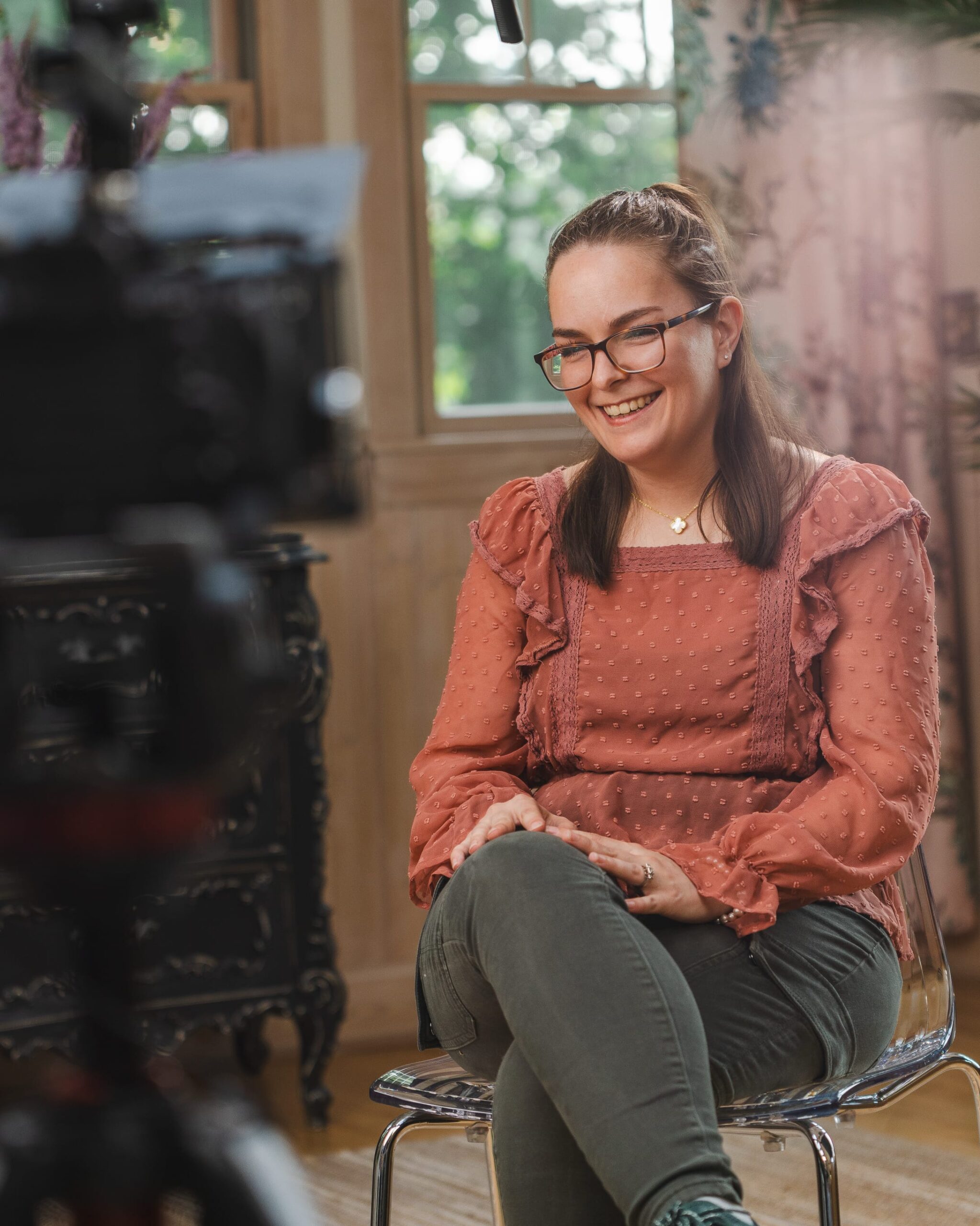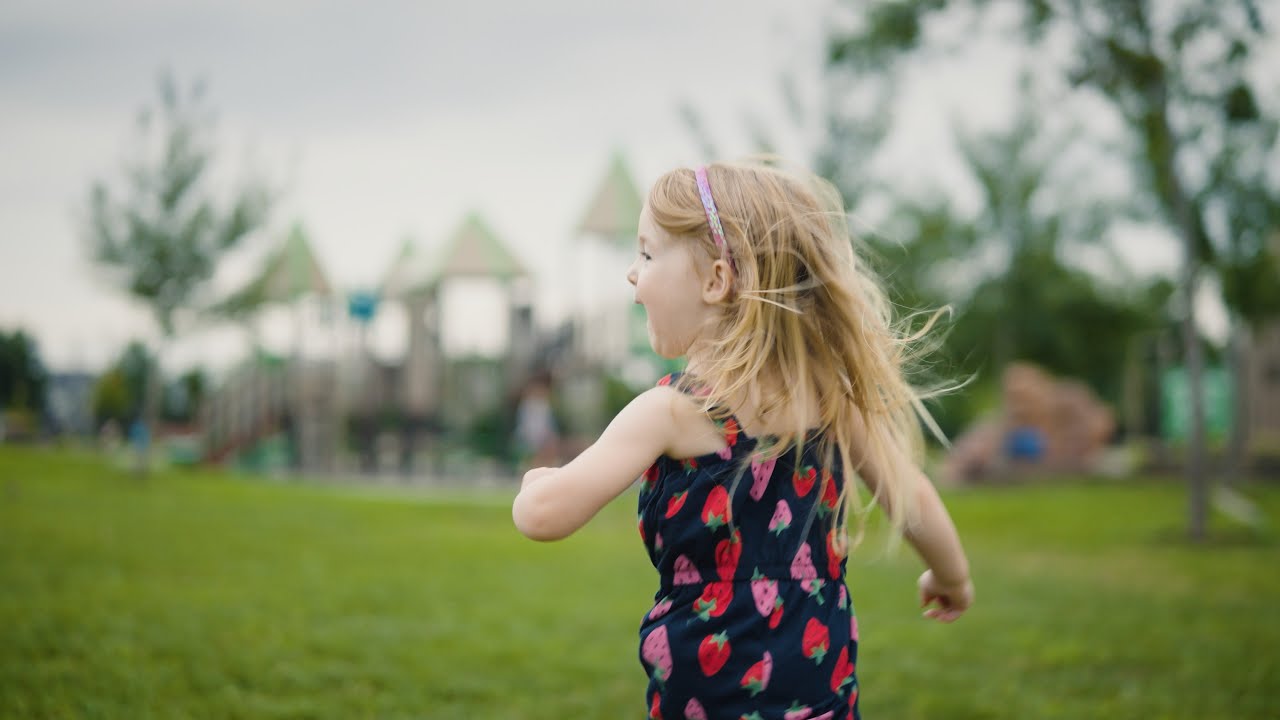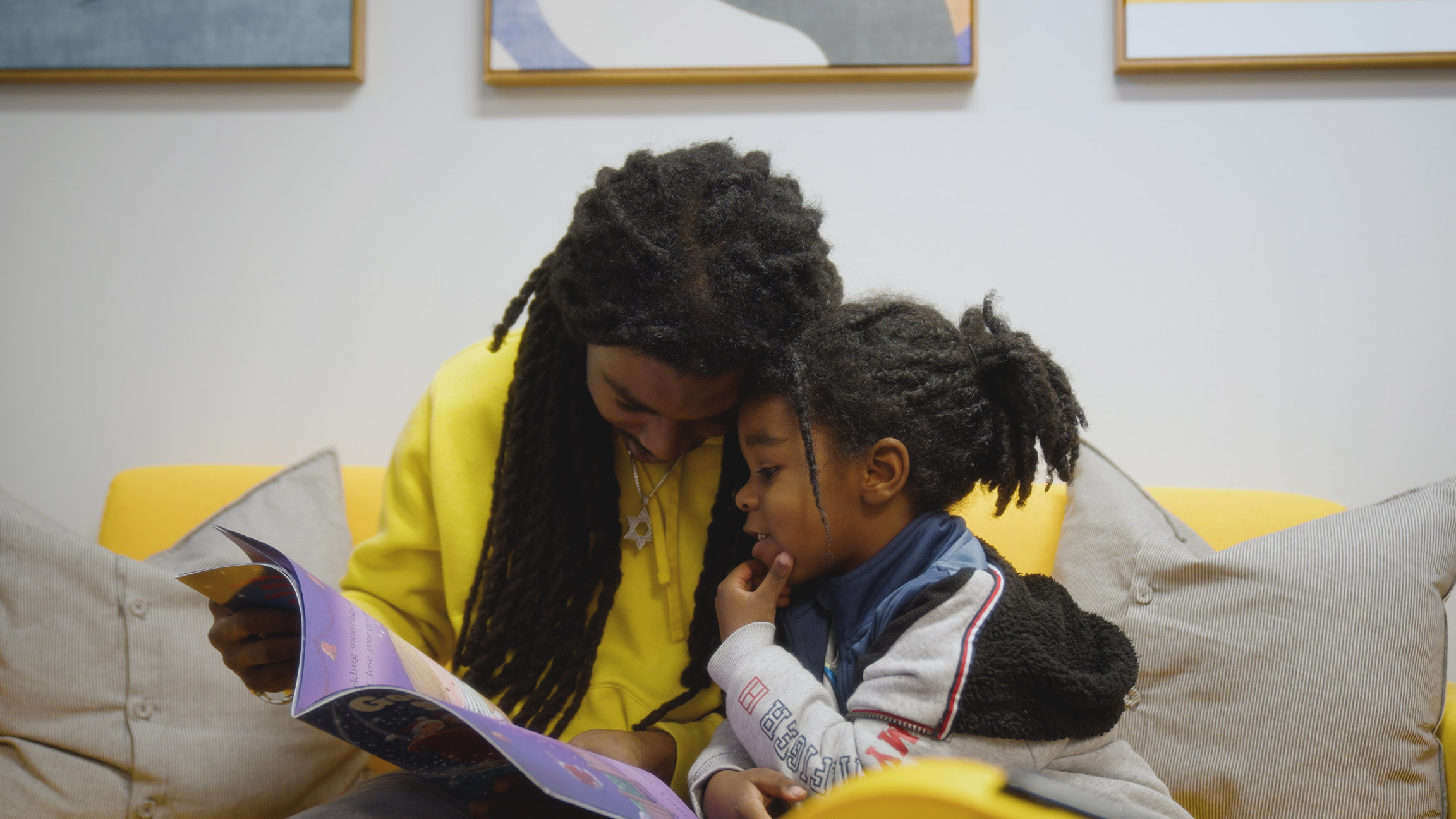Connection
I once heard a story that stuck with me.
It’s about a small business owner who lost everything in a fire. In fact, the entire city burned down in a single night.
Forced to pack his family’s belongings into a steamer trunk strapped to his back, he hiked out of the city with his wife and young children, leaving behind his livelihood as it went up in flames. With nowhere else to go, they made their way into the rural countryside. He found work as a farmhand, toiled for years, saved every penny, and eventually bought his own tractor and a small piece of land. He rebuilt his life from scratch.
That man’s name was Andrew Magnus Larson, a Swedish immigrant who lost everything in the Great Chicago Fire of 1871.
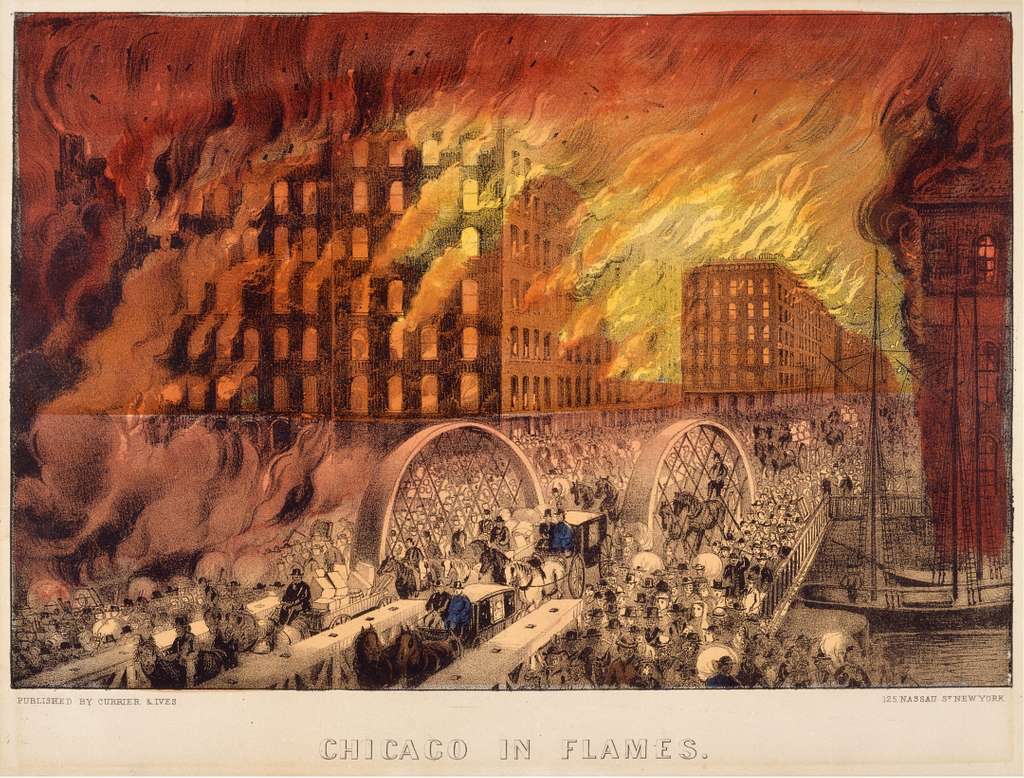
Andrew’s story didn’t end there. He and his wife, Rebecca, would have 11 children. And the 11th became the foundation for the family that would one day include my wife.
We named our son Andrew in tribute to him.
I keep a framed reproduction of a newspaper ad for his shoe shop in my office. He was a cobbler, and probably thought he would be a cobbler for the rest of his life.
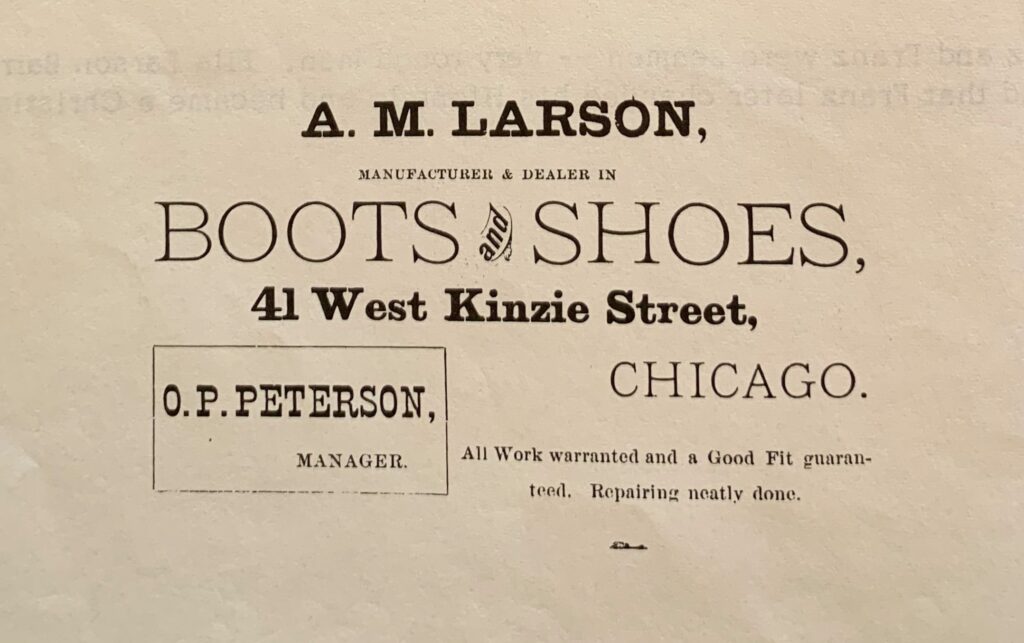
It’s a reminder of the resilience it took for him to start over. It’s not just a keepsake, it’s a symbol of what stories can do. And let’s be real, it’s also a reminder that no matter how bad my day’s going, at least I’m not hiking out of a burning city with all my belongings strapped to my back.
Stories carry us forward, remind us who we are, and shape the generations that come after. Stories like Andrew’s stick with us, not because of the facts, but because they make us feel something real. They bridge the gap between generations and bring people closer. And that’s the power of storytelling. It doesn’t just pass along information, it builds connection.
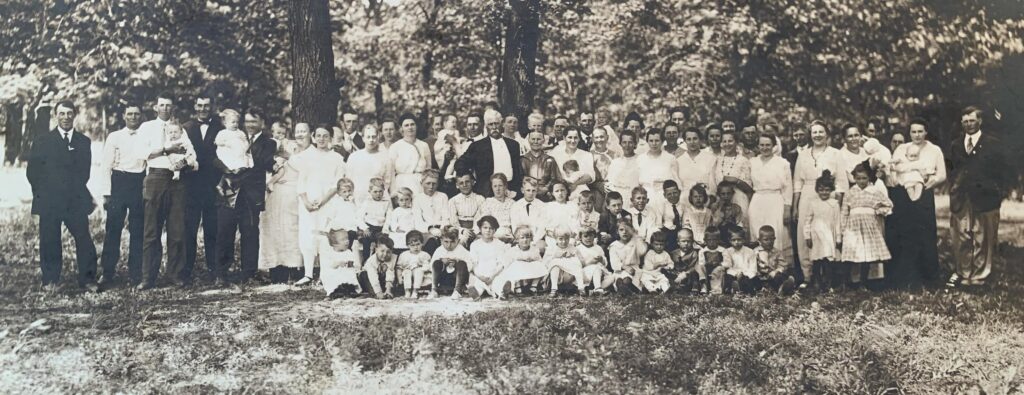
From the beginning, storytelling was key to survival. Early humans didn’t have manuals or written instructions. Instead, they passed down knowledge through stories. Picture an elder explaining which berries were safe to eat or how to avoid predators. These weren’t casual tales—they were survival guides, as essential as any tool.
Anthropologists often call storytelling one of humanity’s first technologies. When early humans gathered around a fire, they shared their fears, triumphs, and mysteries of the world. Through these stories, they built trust, created community, and, sure, probably exaggerated a lot. It was storytelling that transformed a group of individuals into a tribe.
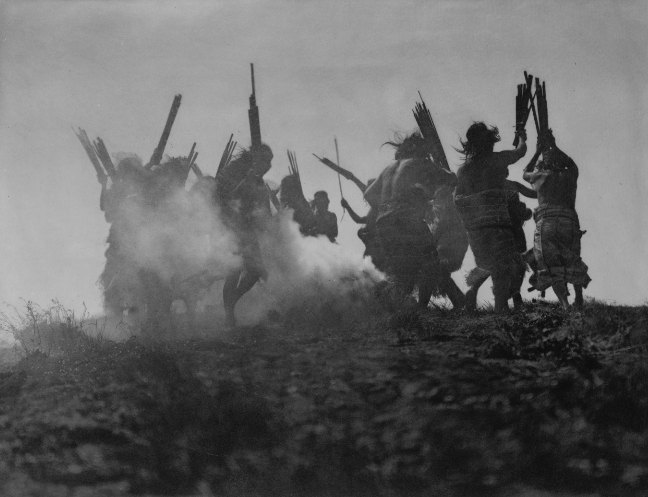
Native American myths and stories, for example, were not just for entertainment. They held meaning, wisdom, and lessons about the natural world. These stories explained why the seasons changed, taught respect for nature, and offered a moral compass. In these narratives, people found their identity. Each person knew their place, understood the values they were expected to live by, and felt connected to those who came before them. Storytelling wove them into the fabric of their culture.
Today, the tools may have changed. Smartphones, social media, podcasts. But our need for connection hasn’t. We still crave the belonging that storytelling offers. Modern technology allows us to share stories instantly, across the globe, but the purpose remains the same. Connection. A good story breaks through the noise and says, “I see you. I get you.”
The reason storytelling works so well in messaging is the same reason it worked around the fire thousands of years ago. Stories make us feel something. They invite us in and make us part of something larger. They don’t just present facts, they create meaning. And when people connect with a story, when they see themselves in it, they’re more likely to act, care, and remember.
Behind every shared narrative, there are real humans, real experiences, and real emotions. Just like those early humans gathered around a fire, we’re still wired to listen, connect, and respond. In a world where connections feel fractured, storytelling offers a path to understanding, empathy, and healing.
Fred Rogers was famous for carrying quotes around with him. One he especially loved was from Sister Mary Lou Kownacki: “There isn’t anyone you couldn’t love once you’ve heard their story.”
An anthropologist might say that storytelling is a communicative act we use to affirm our own subjective experience of reality.
I’ll say it this way: Storytelling is not just something we do. It’s something we need to do.
READ LATEST
the
we're storyteller studios
documentary-style film for brands & causes
In 2013, we started leveraging the power of documentary-style film for brands and causes in our hometown of Springfield, Illinois (hence our affinity for Lincoln).
Since then, we’ve worked with clients nationally and traveled to cities including Chicago, St. Louis, Kansas City, Indianapolis, Louisville, and Des Moines.
No matter where you are, we’d be honored to serve your brand next.
featured post
3 Must-Have Ingredients for Marketing Videos That Work
Every effective marketing video relies on three essential ingredients that make it resonate with audiences and drive results—discover what they are and how they can make your next video project a success.
